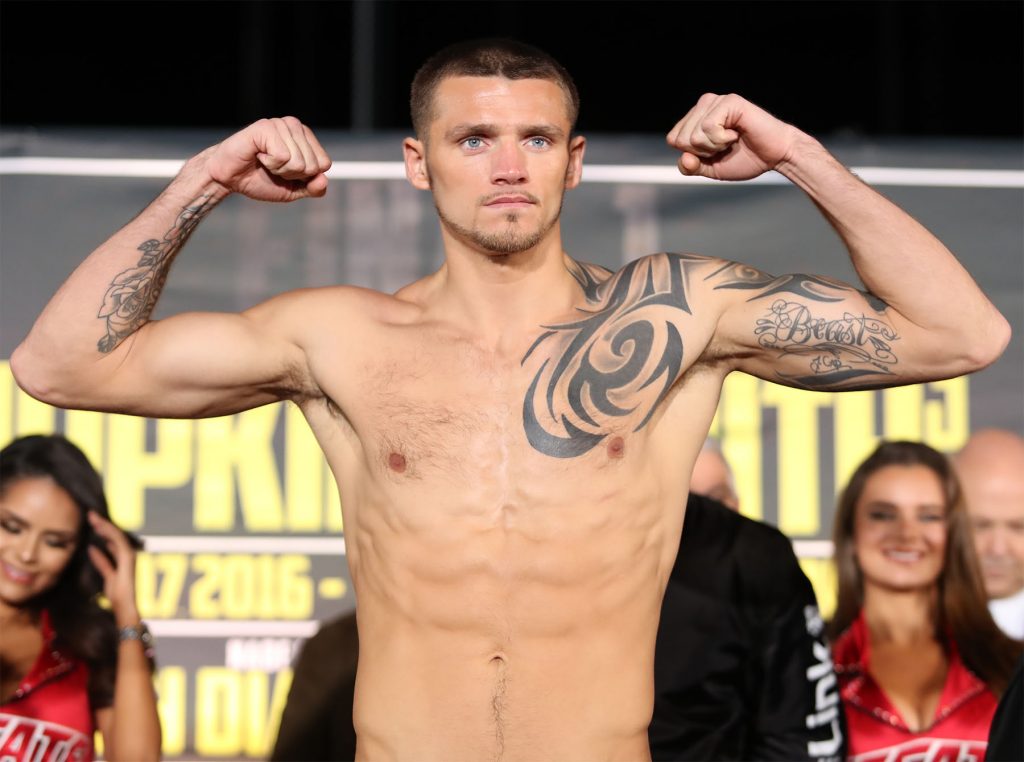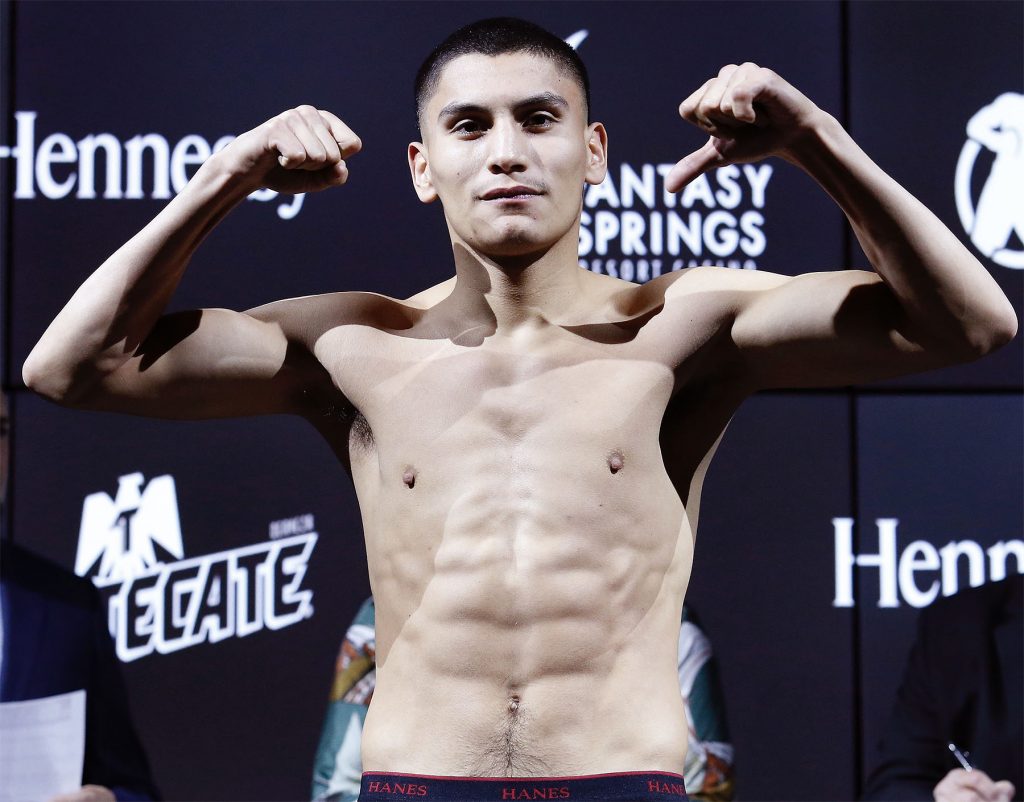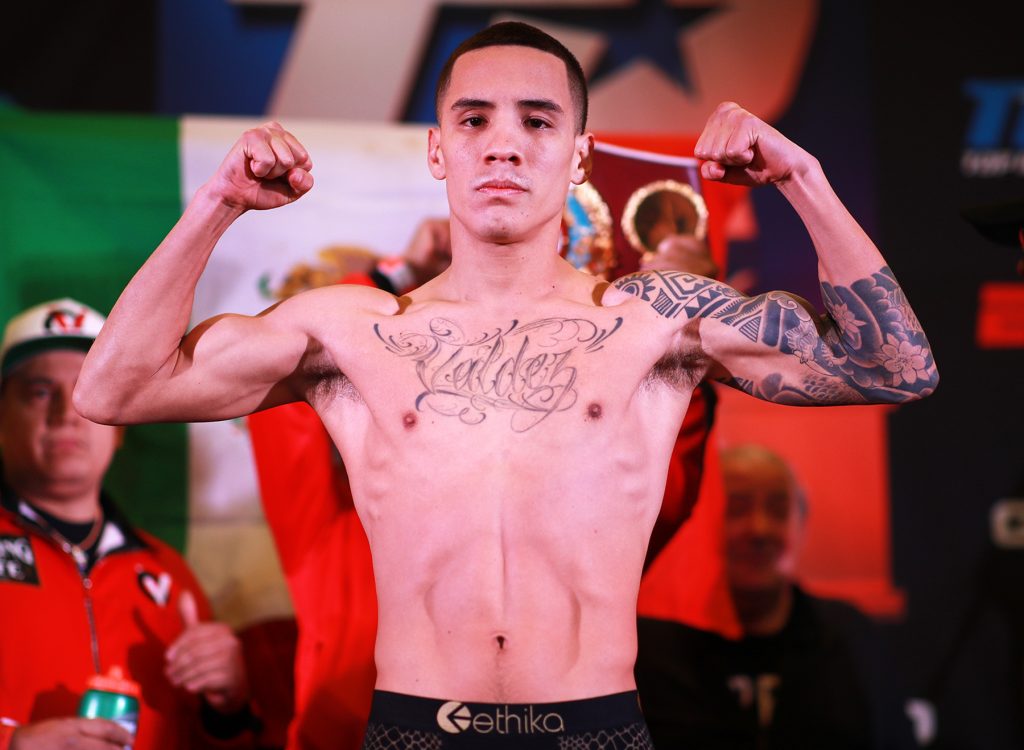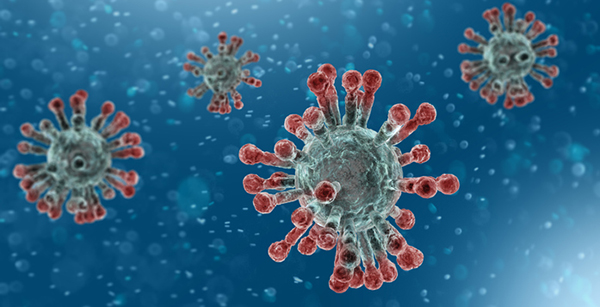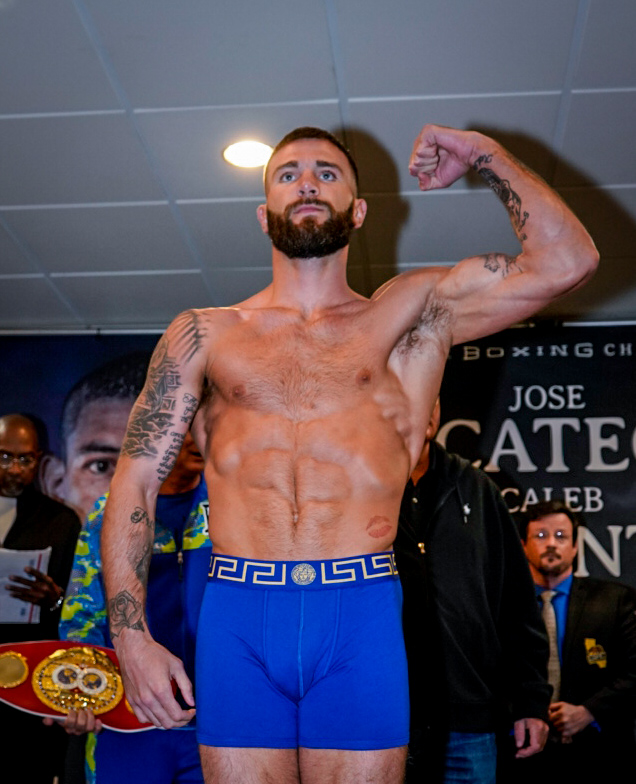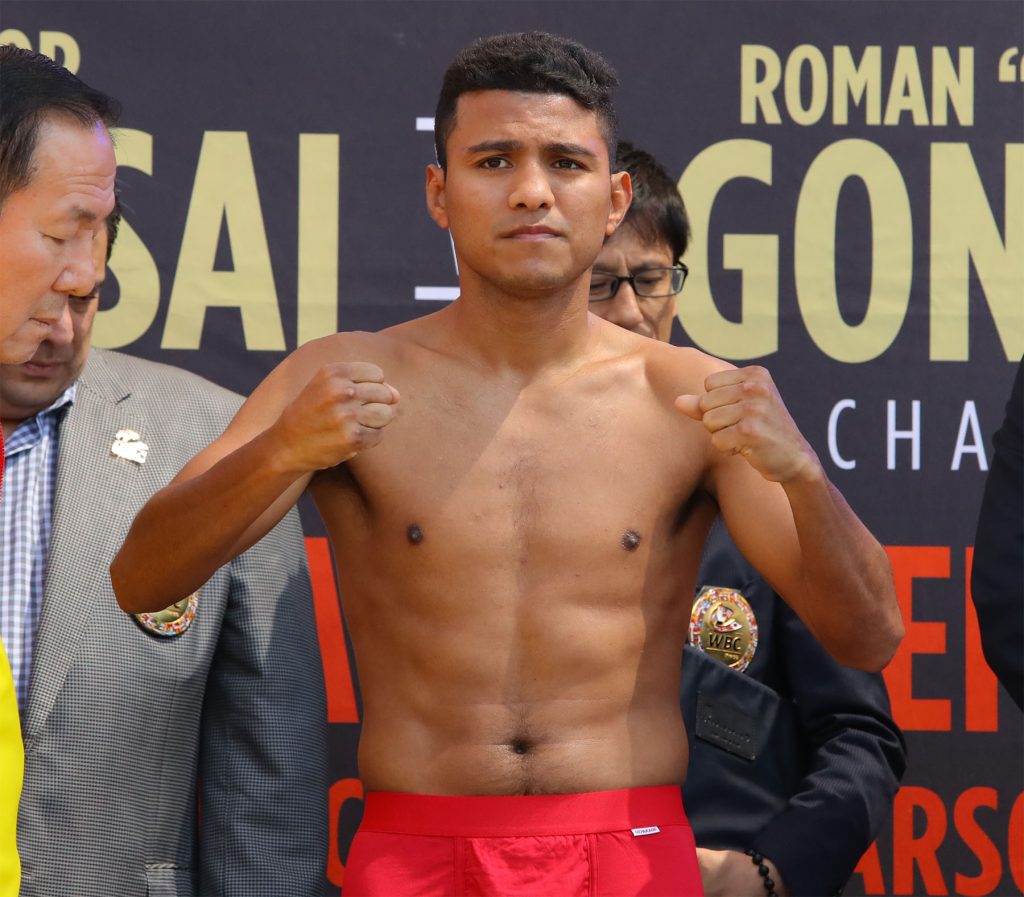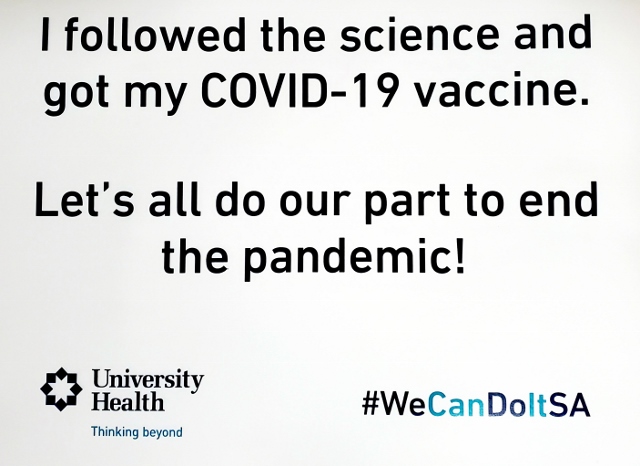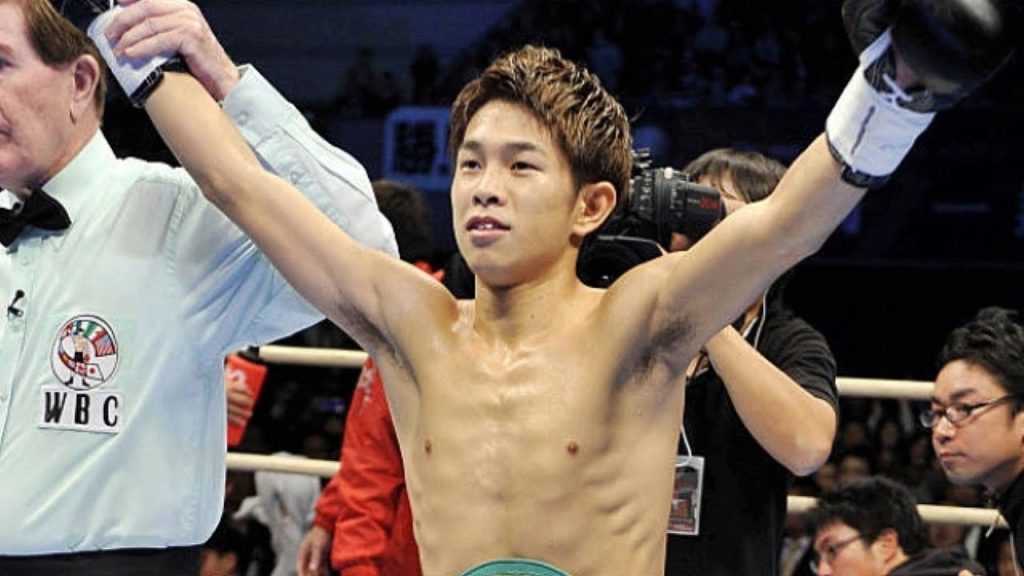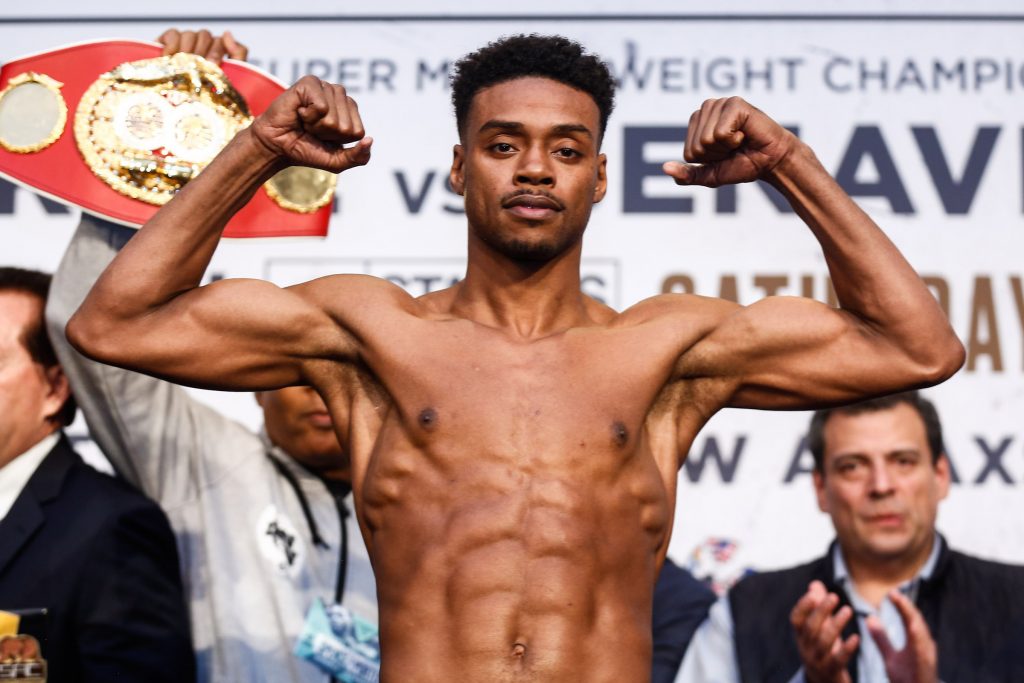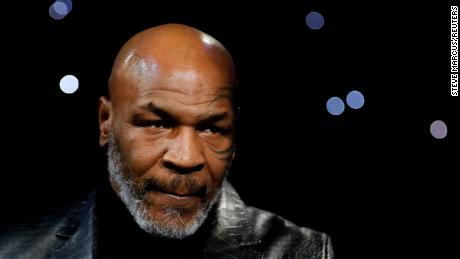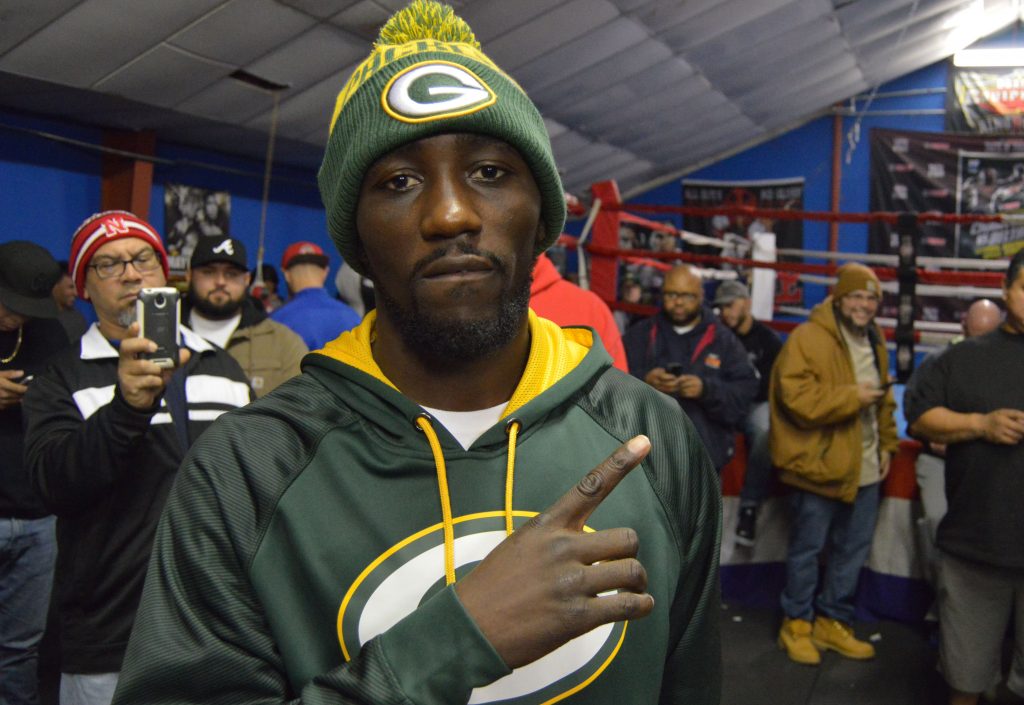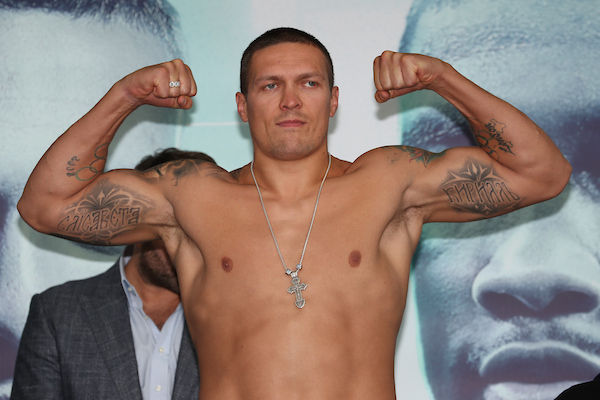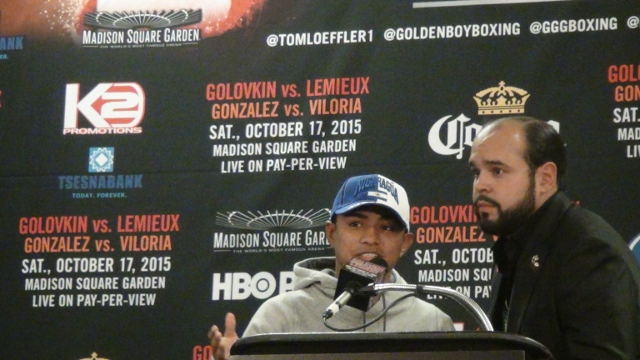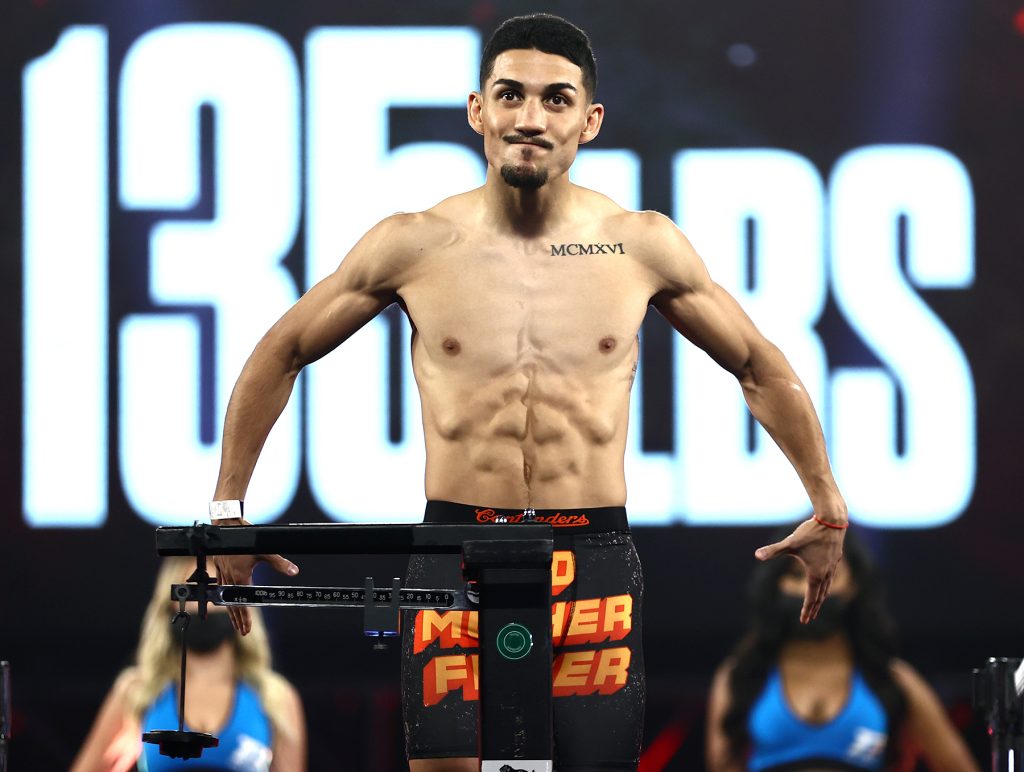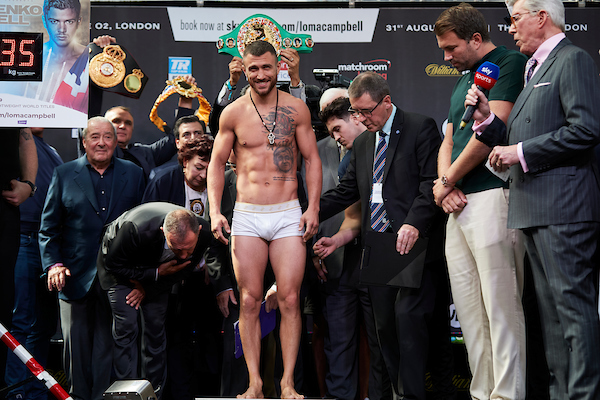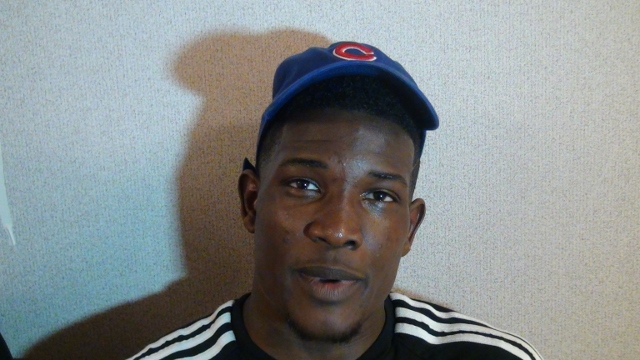One last interview with the boxing writer by the boxing writer

By Bart Barry (For the final time)–
Editor’s note: After 16 years of boxing writing, Bart Barry now retires. As we’ve allowed him a space for interviewing himself about the craft each year of the last five, we believe this is the best way for him to explain his departure.
BB: Promise our readers this isn’t about current events.
BB: It surely is not. It isn’t about exhaustion, either. It’s about logistics. A simple lack of electricity for the foreseeable future.
BB: In these United States of America in the year 2021?
BB: No more USA. By this time next week, as you know, we’ll be fully relocated to a very small, mostly indigenous town in the mountains of Mexico’s southernmost state. There’s not yet reliable electricity there – no internet, no way to watch fights, no WiFi for miles.
BB: No sense in the hoopsjumping needed?
BB: None. This has been a fantastic run with wonderful people and asking more would evince greed. We’re taught, as contemporary Americans, maybe contemporary humans, even –
BB: Cut the prepositions.
BB: – there’s no easing the wrists while there’s milk yet to be wrung. Thank you, no. When coincidence intervenes and gives you a chance to be grateful and leave gracefully, there’s no inquisition.
BB: This won’t be a grievance-filled greatest-hits piece?
BB: No, certainly not.
BB: Why now?
BB: Blood pressure and cryptocurrency. Last Thanksgiving, after an impressive bit of lockdown weightgain and a right miserable stretch at the day job –
BB: Data analytics?
BB: At a large bank, yes.
BB: Carry on.
BB: A trip to the dentist uncovered dangerously high blood pressure. It was serious enough for me to write letters to my wife, daughter and son, last testaments more than wills, that discovered for me I hadn’t one more item on the to-do list. Helping my wife build a house in the mountains of her home country was the last goal I had. From there, in other words, there was only existing.
BB: Without regrets.
BB: There was a place to live, now, and 25 years of frustration and bad timing in the stock market finally hit with Ether cryptocurrency.
BB: Something we wrote about a few years ago.
BB: In part, yes. I was enchanted by its frictionlessness back then. And decentralization.
BB: Not any more?
BB: Now it’s more about an unfinished thought I have that combines lots of complexity reasoning and cooperation and the enduring failure of economics –
BB: Its illusion of precision.
BB: That there’s immense value out there, outside what the U.S. dollar captures. Vaporware built on dog memes, intrinsically, is no more absurd than green pieces of paper with dead men’s faces on them. Supporting the former, wethinks, makes more sense than dying for the latter.
BB: Sounds partially finished, anyway.
BB: It’s a thought I can see out the window and across the street. I want to hold it. But it’s much farther than my arm can stretch.
BB: Do you think there’s any chance you’ll grasp it if you stop writing?
BB: No, I do not. I am OK with that.
BB: Isn’t that complacent?
BB: It may be, yes. I can accept that. The compulsion, the gnawing sense I have a talent I’ve not justified, is gone now.
BB: What will you miss about this?
BB: The people. Being ringside. The routine.
BB: That’s all?
BB: This is harder than expected.
BB: We’re already retired.
BB: I think so, yes. When a fighter announces his retirement immediately after losing, we know, he retired during training camp.
BB: Now we’ve just wasted 70 minutes looking for a picture of you and Norm (Frauenheim) and Roberto Duran from 2006.
BB: Turns out, that’s my favorite memory in 16 years of writing about our beloved sport. It happened so early, too. It was a midday press conference at a Phoenix hotel. Duran was part of a shortlived outfit called DRL Promotions. There was a different press conference for the Coyotes hockey club or something, too, that same afternoon. So nobody showed up. Except for Arizona boxing’s one legendary writer and Manos de Piedra. Norm interviewed him, and I translated, and I recall thinking, in the moment, the experience exceeded all expectations I had when I started writing about the sport.
BB: Gratitude, in other words.
BB: Yes. In real-time. That’s good as life gets.
BB: Other memories to recount?
BB: Don’t want to do that. I’ll forget some and feel I’ve offended someone.
BB: OK, what’s the hardest you laughed at ringside?
BB: Tom (Hauser) recounted some absurd tale to me about a fan approaching Steve Albert on the street and telling him how much he loved his work, only to be surprised to learn Albert was on TV. I still laugh at that sometimes. I don’t know why it remains so funny – probably Tom’s delivery.
BB: Best fight you covered from ringside?
BB: Would have to be Vazquez-Marquez 3 in Carson, Calif., wouldn’t it?
BB: Sure.
BB: Or Marquez-Diaz 1 in Houston. Sitting between Doug (Fischer) and Steve (Kim), two guys whose work at MaxBoxing inspired so many of us, and thinking Nacho would have to stop the fight to save Marquez from himself.
BB: What about Margarito-Cotto 1?
BB: That was sensational, but the memory got sullied later. Marquez-Pacquiao 4 is another candidate.
BB: Marquez turns up a lot.
BB: I guess he’s the fighter I most wanted a prizefighter to be. The synonym for me. Though Izzy Vazquez is the person I most wanted a prizefighter to be.
BB: No heavyweights for the casuals?
BB: I didn’t cover a great era. Or even a very good one. The current guys are entertaining, I guess, but you can’t set them beside Pacquiao or Marquez.
BB: There was Briggs-Liakhovich at Bank One Ballpark.
BB: Yes there was.
BB: How shall we end?
BB: I was read by writers I admire – my greatest accomplishment.
BB: Some ending gratitude?
BB: To Bob Benedetti, my first editor and publisher; to John Raygoza, for creating 15rounds.com and taking me with him to Desert Diamond Casino; to Phil Soto and Lee Samuels, for my first credential; to Tom Hauser for inviting me to write a book with him; to Norm Frauenheim for being a genuine and wonderful mentor; and finally, to Marc Abrams, without whom none of these last 15 years could’ve happened.
*
To acquire the only signed first draft of this last column, as an NFT, click here.
